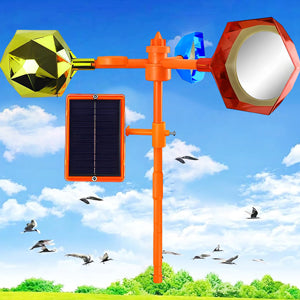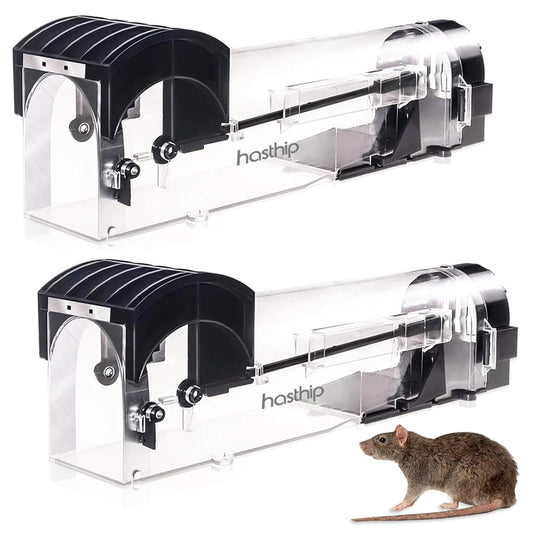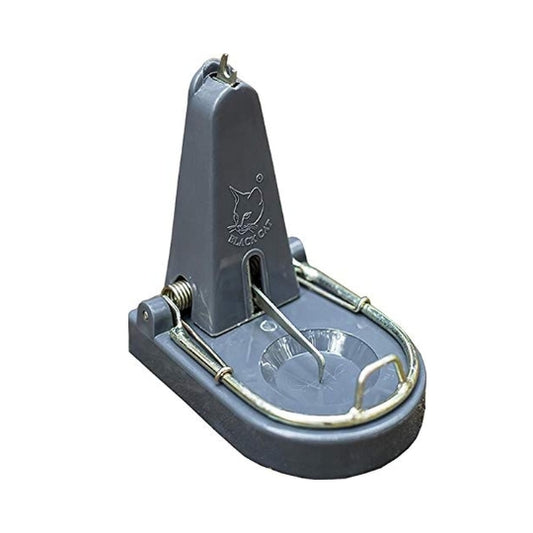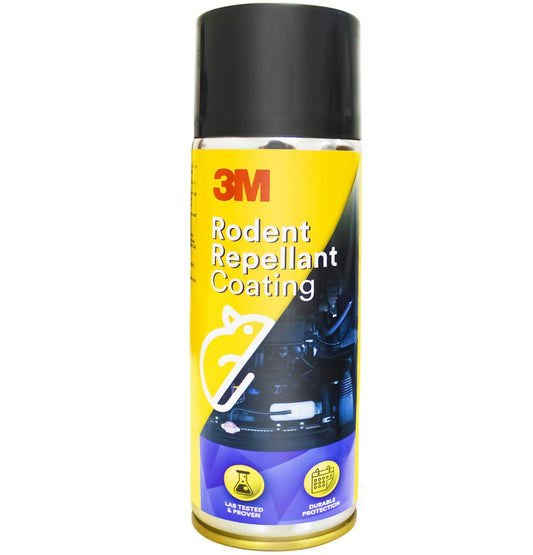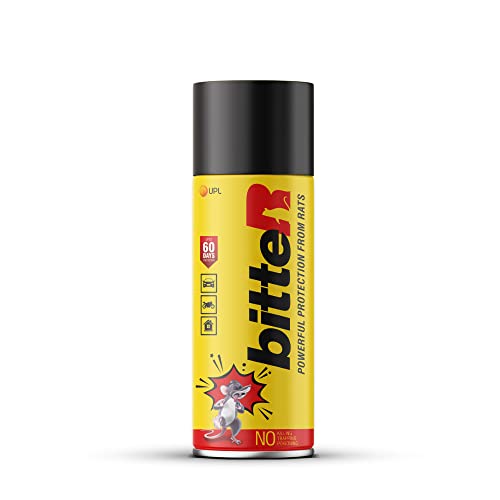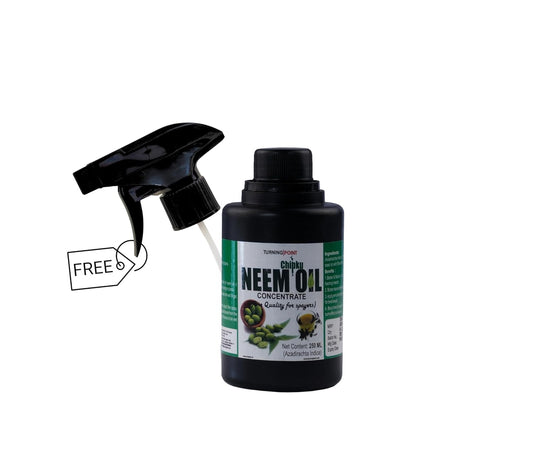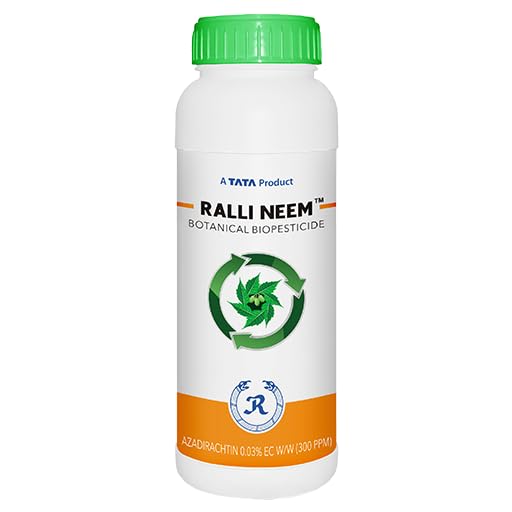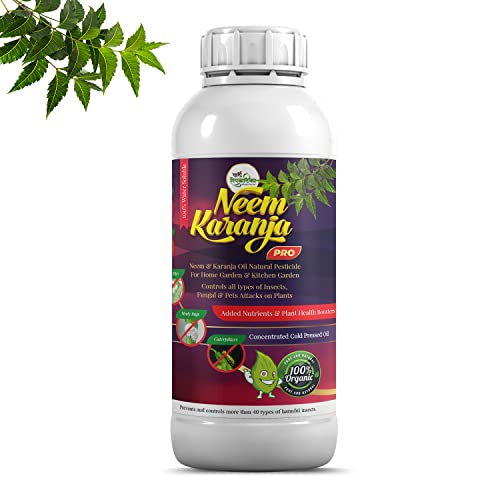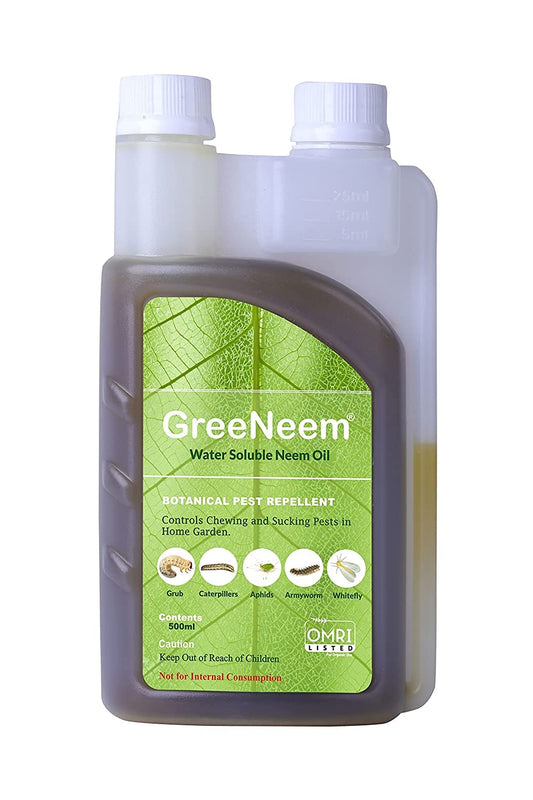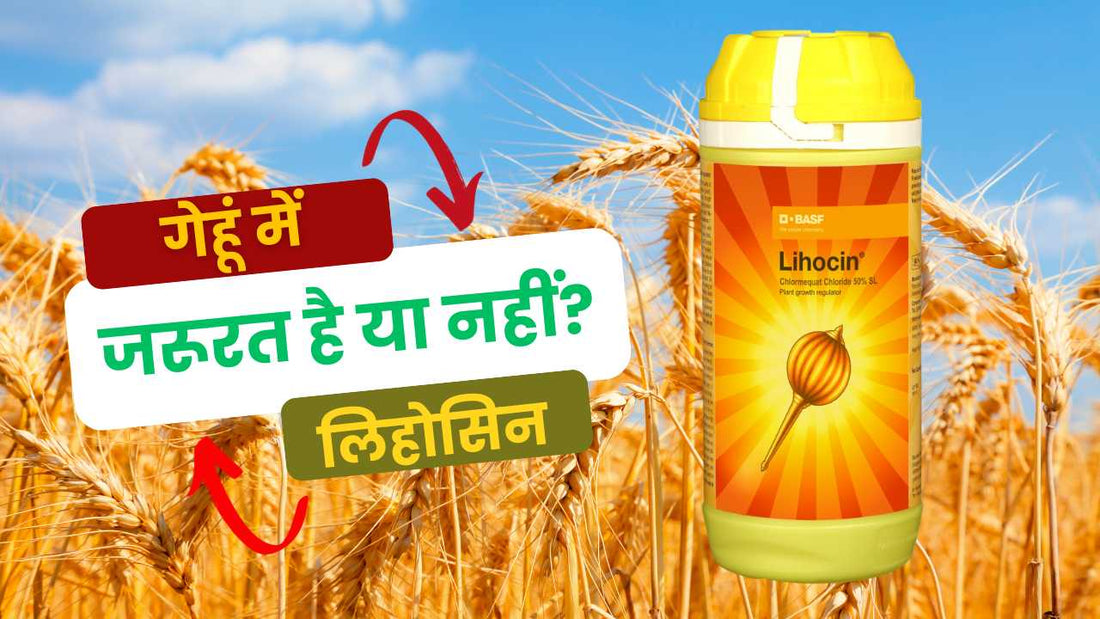
Are You Blindly Following the Lihocin Spray Trend?
Share
Farmers often imitate each other, blindly spraying PGRs like Lihocin without considering individual crop needs. This not only increases expenses but can also devastate yields. Let's break down the facts about Lihocin and understand when it's actually beneficial for your wheat crop.
Lihocin Spray: Friend or Foe?
Lihocin contains chlormequat chloride, a growth regulator that stints vegetative growth by shortening internodes and limiting leaf expansion. While it can boost yields under specific circumstances, haphazard application can be disastrous.
When Does Wheat Truly Need Lihocin?
Wheat requires optimal vegetative growth for proper metabolism and maximum yield. A healthy, well-nourished crop naturally produces its own hormones to trigger reproductive growth, rendering Lihocin unnecessary.
Timing is Key:
- Early Varieties (October 25 - November 5): This group might need their first Lihocin spray at 55 days after sowing, but only if temperatures remain high. Cooler weather naturally induces reproductive growth, negating the need for intervention. However, persistent warmth can lead to excessive vegetative growth, warranting the first spray. A second spray at 70 days may be considered to shorten the distance between the flag leaf and spike.
- Mid-Season Varieties (November 5 - December): These usually exhibit lower vegetative growth and rarely require Lihocin. However, if a lack of sufficient temperature drop or excess nitrogen fertilization promotes excessive vegetative growth, a single spray might be helpful.
- Late Varieties (December and later): These varieties almost never need Lihocin due to naturally limited vegetative growth.
Remember:
- Don't blindly follow trends. Analyze your specific crop conditions and weather patterns before making any PGR decisions.
- Prioritize healthy fertilization and optimal growing conditions to stimulate natural hormone production in your wheat.
- Lihocin should be a targeted intervention, not a routine practice.
Share this vital information with your fellow farmers! Don't let the blind spray trend threaten your valuable crop.







